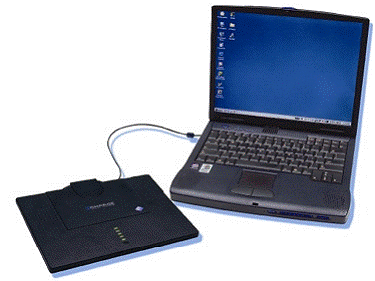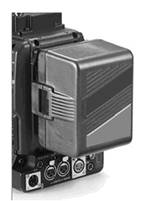News
PHMSA 11-07
Friday, December 28, 2007
Contact: Patricia Klinger or Joe Delcambre
Tel.: (202) 366-4831
UPDATE:
US DOT Hazmat Safety Rule to Place Limits on Lithium Batteries Carried by Passengers Aboard Aircraft Effective January 1, 2008
Passengers will no longer be able to pack loose lithium batteries in checked luggage beginning January 1, 2008, once new federal safety rules take effect. The new regulation, designed to reduce the risk of lithium battery fires, will continue to allow lithium batteries in checked baggage if they are installed in electronic devices, or in carry-on baggage if properly protected from short circuiting in their original packaging or by placing them in individual plastic bags or a protective travel case.
Common consumer electronics such as digital cameras, cell phones, and most notebook computers are still allowed in carry-on and checked luggage. Moreover, any number of spare batteries for these devices will be allowed in carry-on baggage if they are properly protected from short circuiting and do not exceed 8 grams (~100 watt hours) of equivalent lithium content. Most lithium-ion cell phone and standard notebook computer batteries are below 8 grams (~100 watt hours) of equivalent lithium content. Batteries not installed in electronic devices are not permitted in checked baggage.
The rule limits passengers to not more than two large spare rechargeable lithium-ion batteries in carry-on baggage. This applies to batteries that exceed 8 grams (~100 watt hours) of equivalent lithium content and less than 25 grams (~300 watt hours) [see attached illustration]. Batteries with more than 25 grams (~300 watt hours) are not allowed in either checked or carry-on baggage.
"Doing something as simple as keeping a spare battery in its original retail packaging or a plastic zip-lock bag will prevent unintentional short-circuiting and fires," said Krista Edwards, Deputy Administrator of the U.S. Department of Transportation's Pipeline and Hazardous Materials Safety Administration.
Lithium batteries are considered hazardous materials because they can overheat and ignite under certain conditions. Safety testing conducted by the FAA found that current aircraft cargo fire suppression system would not be capable of suppressing a fire if a shipment of non-rechargeable lithium batteries were ignited in flight. This rule aims to reduce the risk of fires involving lithium batteries in the cabin of passenger aircraft.
"This rule protects the passenger," said Lynne Osmus, Federal Aviation Administration (FAA) assistant administrator for security and hazardous materials. "It's one more step for safety. It's the right thing to do and the right time to do it."
In addition to the new rule, PHMSA is working with the FAA, the National Transportation Safety Board, the Consumer Product Safety Commission, the battery, consumer electronics and airline industries, airline employee organizations, testing laboratories, and the emergency response communities to increase public awareness about battery-related risks and developments. These useful safety tips are highlighted at the public website: http://safetravel.dot.gov.
###
*Examples of large rechargeable lithium-ion batteries (more than 8 but not more than 25 grams of equivalent lithium content):

Extended-life130 watt-hour "universal" lithium ion battery.

Extended-life 160 watt-hour lithium ion battery.
Many batteries are marked with their watt-hour rating, but not all batteries have such indications. As a general rule the watt-hour rating can be calculated by multiplying the battery voltage by the Ampere hour (Ah) or Milliampere-hour rating. These values are marked on most batteries. For instance, a 14.4 volt battery with an Ampere-hour rating of 4.4 Ah (sometimes expressed in Milliampere-hours (e.g., 4400 mAh)) would have a watt-hour rating of 63 Watt-hours. (14.4 x 4.4 = 63.36 Wh)